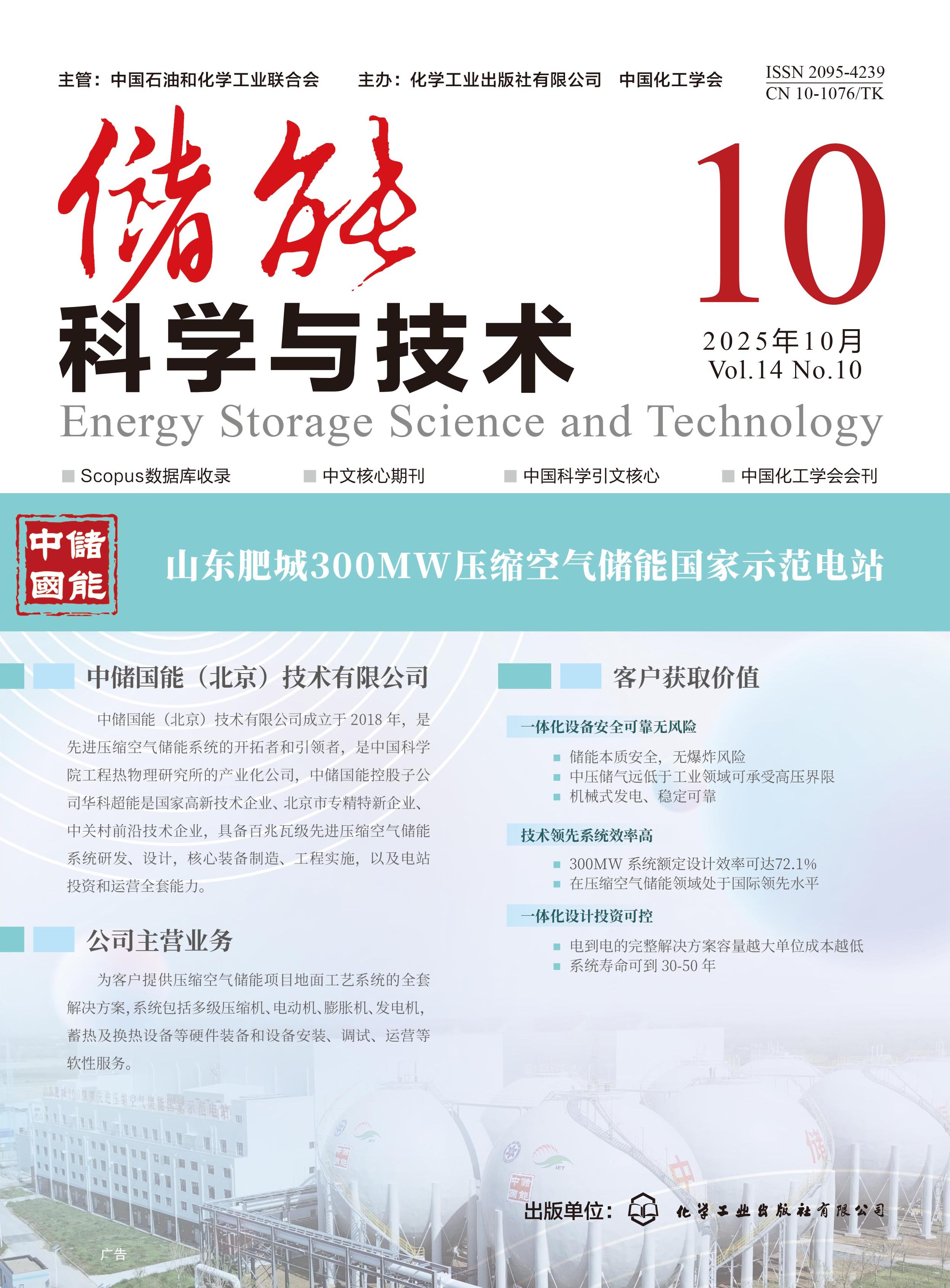Lithium-ion batteries are susceptible to failure during extended use, manifesting as increased internal resistance, capacity decay, lithium plating, and gas generation, among other issues. The challenge of monitoring these failure processes can significantly compromise the safety, reliability, and lifespan of these batteries. Investigating the causes of battery failure under various service conditions, such as calendar aging, extensive cycling, and floating charge, is crucial for understanding the failure mechanisms and effectively monitoring the battery's health and lifespan. This paper reviews existing research on battery failure under different conditions and summarizes the failure mechanisms within the internal components of lithium-ion batteries-cathode, anode, separator, and electrolyte-under various temperature, voltage, and state of charge conditions. It highlights the effects of voltage and temperature on calendar aging, models of failure due to calendar aging, alterations in cathode and anode materials after prolonged cycling, failure mechanisms following high-temperature float charging, and the mechanisms of battery gas generation. Additionally, it proposes targeted optimization strategies for anode materials, separators, electrolytes, and cathode materials in lithium batteries. Comprehensive analysis indicates that failure in lithium-ion batteries can result from lithium loss in electrodes, active material loss, particle breakdown, transition metal dissolution, and solid electrolyte interface decomposition. By minimizing particle size, incorporating electrolyte film-forming additives, and enhancing separator permeability, the failure rate of lithium-ion batteries during long-term service can be reduced, ensuring their safe and stable operation.

